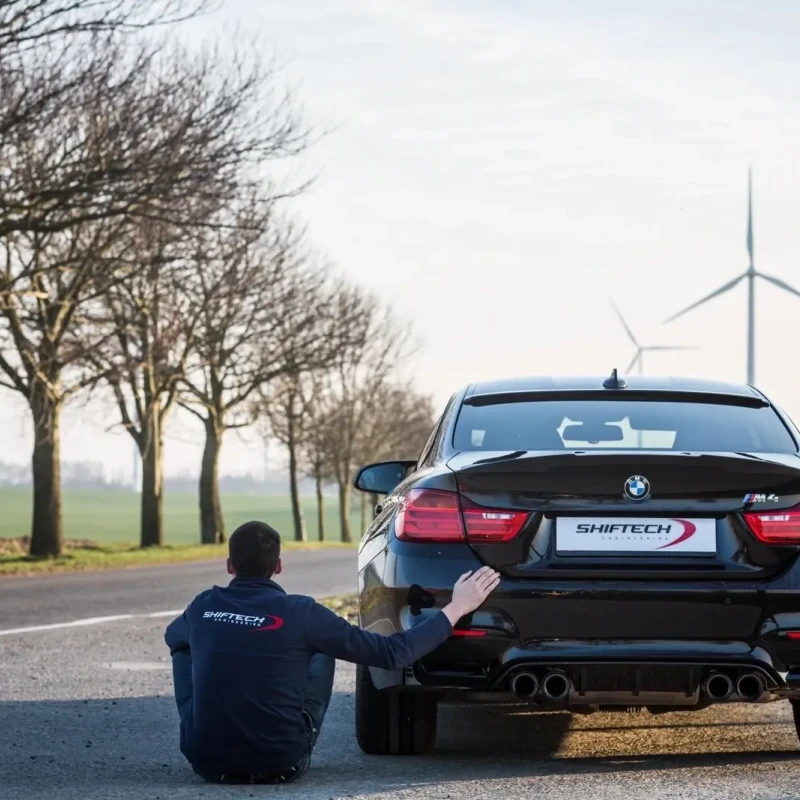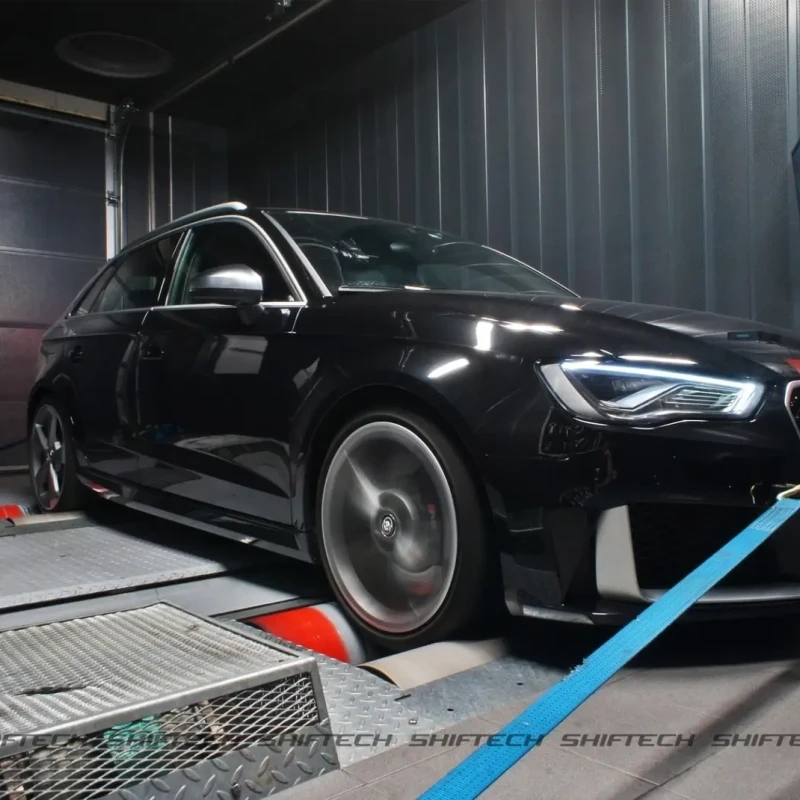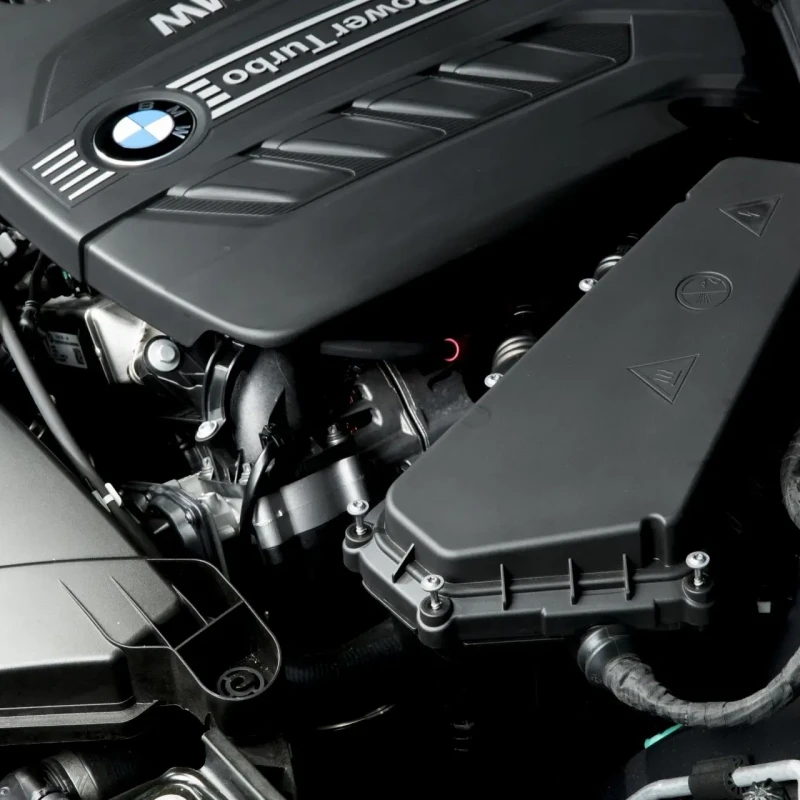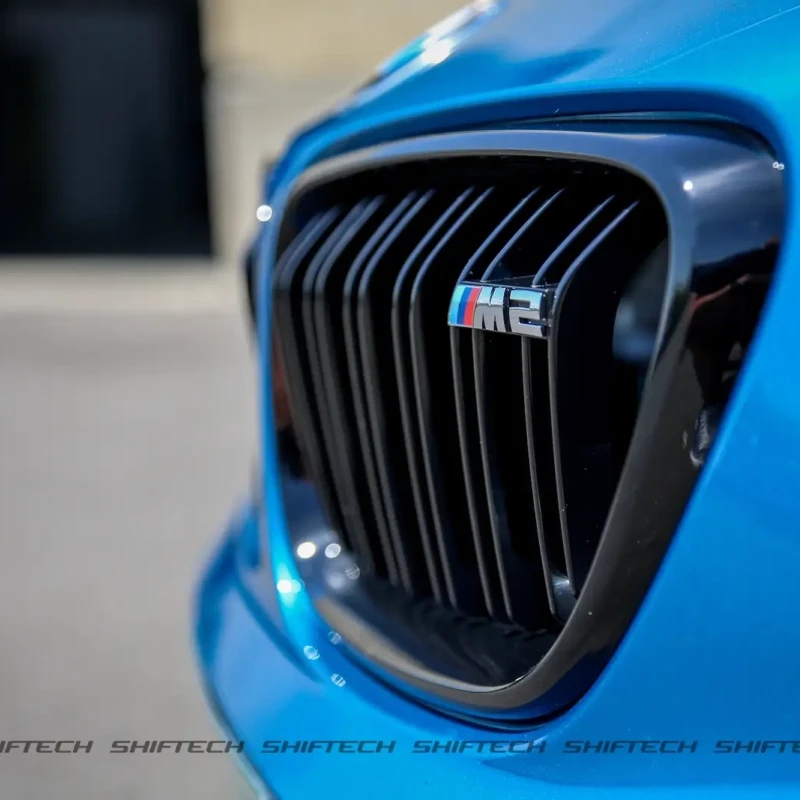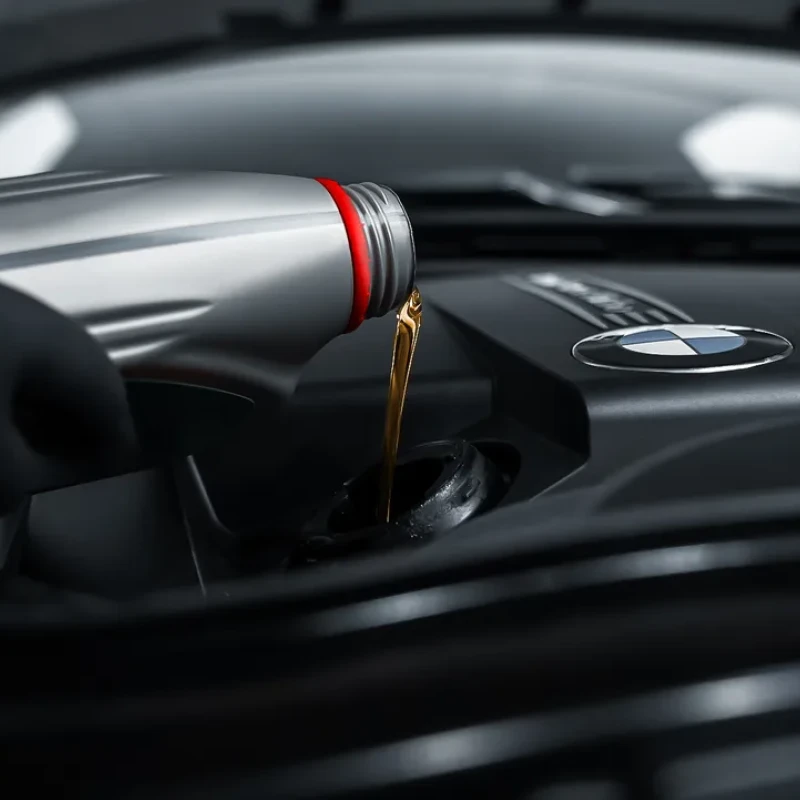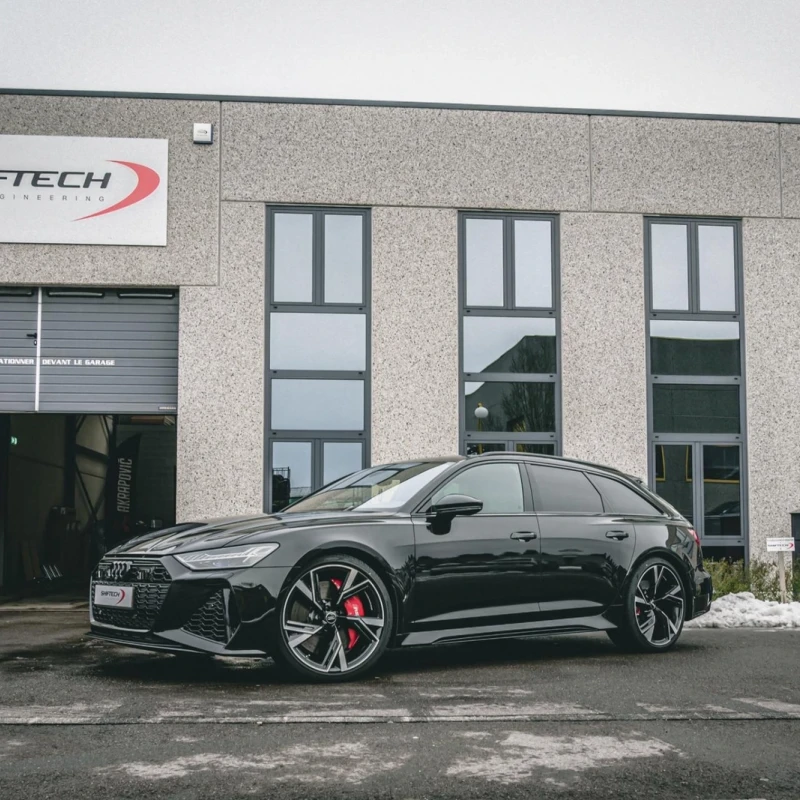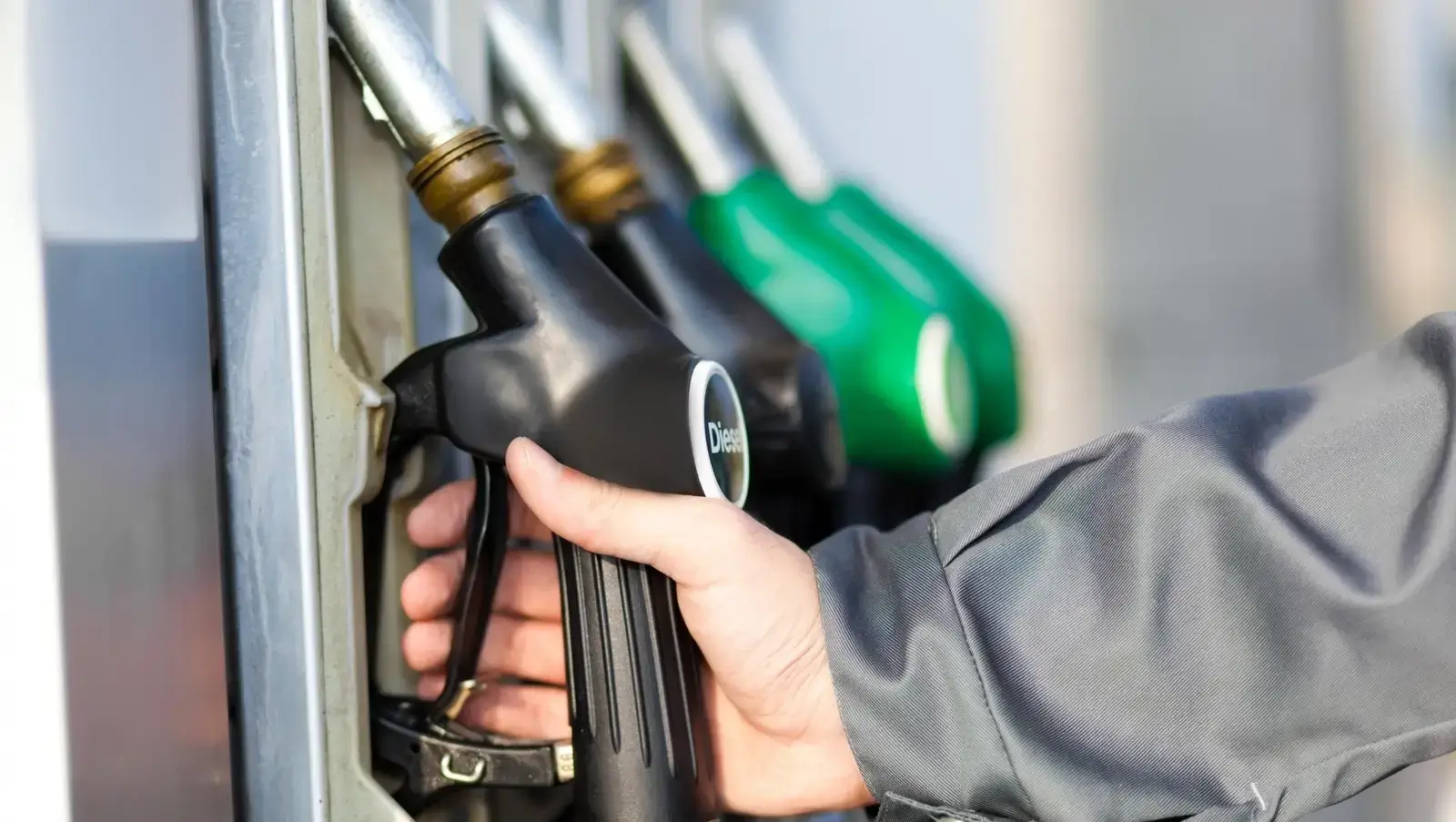
The death of diesel
Signed Mazda
"For some months now, and particularly at the Brussels Motor Show, this phrase has sounded as if we had finally found the cause of all our ills.
Initiated by the VAG group and its (infamous) diesel gate, the programmed end of diesel is no accident.in fact, if diesel is no longer popular, you can be sure that this is purely a political choice, and therefore in the financial interest... and certainly not in the ecological interest. Remember the advertisements that promoted diesel as THE solution par excellence. In the 1970s and 1980s, diesel was not at all popular.if diesel was promoted at that time, it was purely for economic reasons.after the war, General de Gaule decided to develop nuclear power to ensure France's energy independence.since then, most French homes have been heated by electricity rather than fuel oil, and the refineries have had to find alternatives to sell off their stocks of diesel. Gradually, petrol was replaced by diesel, which now accounts for 80% of the car fleet in France and Belgium.
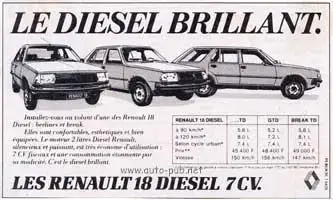
In 2008, in a bid to tackle emissions and protect the planet, the various European governments introduced incentives based on CO2 emissions.as CO2 emissions are directly proportional to fuel consumption, it was once again diesel that won most of the bonuses (hybrids having yet to prove their worth).
For example, if you buy a 1996 Audi A3 with a 1.9 TDI Euro3 engine, the government will give you a €250 bonus.
The problem that then arose was simple: France couldn't meet the demand for diesel, so it had to import diesel as well as export petrol, which was struggling to find a buyer.given that excise duties on diesel are lower than those on petrol, it wasn't long before France (followed by other countries such as Belgium) did an about-turn.
Based on the observation that 42,000 people die every year from cancer linked to micro-particles, the government decided to put the petrol engine back in the spotlight.accelerated by a gradual increase in excise duty on diesel, petrol engines are now outselling diesel engines.
Apart from the pleasure of driving a petrol vehicle, the main advantage is that it costs less to maintain than a diesel engine with the same cubic capacity. The absence of a particulate filter is also an advantage, as it eliminates the potential problems associated with them.
While this is generally very good news when it comes to carcinogenic pollutant emissions, it is much less so when it comes to CO2 emissions, which have soared since the increase in petrol vehicle registrations. This is because, as explained above, a petrol engine, by design, always consumes more fuel than a similar diesel engine, so a diesel engine will always emit less CO2 than an equivalent petrol engine. If everyone switches to petrol, overall consumption and CO2 emissions will rise. In the short term, this means that what goes into the state coffers today could end up costing a lot in the long term, as the Paris agreements (2030), which aim to drastically reduce CO2 emissions, may not be respected.
But what if the real solution was not to be found by the state pulling strings, but rather by a manufacturer who could increase the efficiency of the petrol engine by offering an engine that is both fuel-efficient and highly non-polluting?
In any case, that's the solution proposed by Japan's Mazda with its brand new Skyactiv X engine.
Skyactiv X
If a diesel engine manages to consume less fuel, it's thanks to the fact that it works with an excess of air. Whereas a petrol engine has to accept that its cylinders have a strict ratio of air to petrol (initially 14.7 air to 1 petrol), a diesel engine working by compression has no ignition and therefore no auto-ignition. It can therefore run as lean as possible during transient phases when little energy is required.
More specifically, when very little energy is required, we speak of a partial load (when driving on a trickle of gas, for example). On a petrol engine, even at partial load, there is always a minimum quantity of petrol to be respected: 1 for 14.7 of air (also known as lambda 1). On a diesel, for the same effort, the quantity of diesel will be 1 for 22 of air (lambda 1.5). It is the diesel's ability to work with more air that makes it more economical.
Considered the Holy Grail by carmakers, the idea would be to create a petrol engine capable of operating like a diesel engine. This would make it possible to combine the lower fuel consumption of a diesel engine with the lower pollution of a petrol engine. While this is a brilliant idea, it is not a new one, since in 2008 General Motors presented a prototype equipped with an HCCI (Homogeneous Charge Compression Ignition) engine[1]. This engine was supposed to reduce fuel consumption by 10-15%.
Ten years later, Japan's Mazda, drawing on its experience with petrol engines, presented the world's first mass-produced HCCI engine, promising to reduce fuel consumption by 20-30% compared with an equivalent engine without this technology (the current Skyactiv-G).
Technical note from the engineer
The technology involves using a combustion method that combines the compression ignition of a diesel engine with the spark plug ignition of a petrol engine. To achieve this, the air/petrol mixture has to be compressed more strongly, so that more useful energy can be extracted. The engine would work in HCCI [1] mode on partial loads and switch to SI [2] (spark ignition) on full loads, like a conventional petrol engine. The unique process used to switch from one mode to the other is called SPCCI (Spark Controlled Compression Ignition) by Mazda.

The process may look simple on paper, but in reality it is highly complex. When air and petrol are highly compressed, the temperature in the cylinder rises and an explosion can occur without the need for a spark. This is known as auto-ignition and can be devastating for an engine.
To achieve this and control the explosion, Mazda engineers use the spark plug in each cylinder to control combustion. The air/fuel mixture is non-linear and the spark plug is used to rapidly ignite a small area where the mixture has deliberately become richer. This combustion by ignition of the spark plug in this small zone then leads to an increase in compression in the cylinder, which causes the rest of the air/fuel mixture to self-ignite by compression.
Depending on the load and engine speed, the SPCCI will vary the quantity of petrol and switch to the HCCI system or the classic SI system. This is made possible by the new high-pressure direct injection pumps and the increasingly powerful engine control units, which are able to react quickly enough to keep the explosion under control.
What about electric?
The question we might legitimately ask ourselves is why has Mazda put so much energy into an engine such as the Skyactiv X when the future of motoring lies in electric power?
Quite simply because it's not in the manufacturer's philosophy to offer an electric engine now. It believes in the internal combustion engine, and even more so in the internal combustion engine without supercharging. For Mazda, instead of selling electric vehicles to compensate for a more energy-hungry part of the range, the idea is to design a different, less polluting engine and use it on all the models in the range.
And that's not all: the electric motor was fitted to 1.2% of vehicles sold worldwide in 2017. While this is a good start, it is inconceivable that we will see a 100% transition to electric power for many years to come. Many manufacturers are moving in this direction, seeking the best technological compromise by reducing weight, energy recovery, mild hybridisation and so on.
This is also the case with Audi, which, although it already offers hybridisation in its vehicles, is also interested in e-petrol. Unlike petrol, which is a fossil fuel, e-gasoline is a synthetic fuel created from liquid iso-octane containing no sulphur or benzene. As well as being a synthetic fuel, this process has greater anti-knock properties[3] than current petrol. At least, that's what an initial 60-litre test has shown.
But the project's collaborators have no intention of stopping there, and are already working on a solution that would eliminate the need for biomass and allow them to work solely with CO2 and hydrogen from renewable sources, thereby further improving the CO2 balance of this e-petrol solution. According to the research, assuming fairly strong demand and European aid, the e-gasoline equivalent could be profitable from 2030 onwards, at a price identical to that of fossil fuel.
Conclusion
While the diesel engine may well be on its last legs, at least for small vehicles with low mileage, the internal combustion engine still has a bright future ahead of it.
With the help of new technologies, manufacturers are still managing to increase an engine's overall efficiency and reduce its ecological footprint. Japan's Honda also presented a new engine working on a variable compression ratio that could work miracles (a 20% reduction in fuel consumption), while Delphi presented Dynamic Skipe Fire, an intelligent cylinder deactivation process.
So we can only applaud these manufacturers who, thanks to their inventions, are pushing back the use of 100% electric cars a little further, because if the future is electric, electric energy still has to be green, which is far from being the case at present .
[1] HCCI: 1. internal combustion engine in which the air-fuel mixture is made as homogeneous as possible and is compressed strongly enough to reach the auto-ignition point.
[2] SI: 2. traditional petrol engine combustion, with spark plug.
[3] Anti-knock: The main weakness of a petrol engine is auto-ignition. This is uncontrolled ignition resulting from too high a temperature in the cylinder. With a higher octane rating or a type of fuel with greater anti-knock properties, the risk of auto-ignition is reduced and performance increases.
Learn more
View articles
Similar
